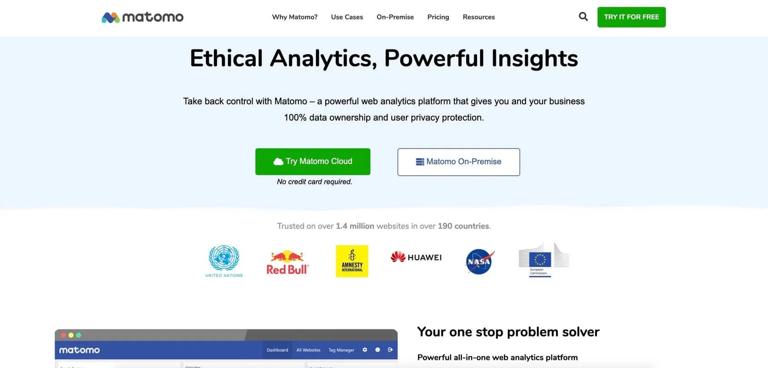
What is the Profit Split at Futures Prop Trading Firms?
Ever wondered how traders actually make money in the fast-moving world of futures trading? Or what kind of split they get from their trading firms? If youre eyeing a career in prop trading or just curious about how this industry works, you’re not alone. Prop firms have become a hot topic — offering traders a chance to leverage capital and earn serious profits. But understanding how they divvy up those profits? That’s where things get interesting.
The Mechanics of Profit Sharing in Futures Prop Firms
When talking about profit splits, it’s all about transparency and fairness. Different firms have their own models, but generally, the profit split boils down to a few key points:
-
Standard Benchmarks: Many prop firms tend to split profits 50/50, or sometimes 60/40 in favor of the trader. Think of it like sharing a pizza — you bring your trading skills to the table, and the firm provides the capital and infrastructure. But some firms may go even higher for the trader, like 70% or more, especially if the trader consistently hits the mark.
-
Clawbacks & Drawdowns: What’s also crucial is how firms handle losses or drawdowns. Sometimes, the profit split only kicks in after certain profit targets or after losses are recouped, which adds an interesting layer of risk management.
-
Scaling Up: Many firms reward consistent traders with increased profit shares or larger capital allocations. As traders grow more skilled, their profit percentage might improve, aligning incentives on both sides.
Why Does the Profit Split Vary?
The variance mostly hinges on trader experience, the firms business model, and what kind of assets are traded. For example:
-
Entry-Level Traders: Might see a split close to 50/50, giving them an incentive to learn and grow.
-
Elite or Proven Traders: Could negotiate splits of 70% or even 80%, as their track record proves their ability to generate consistent profits.
-
Asset Class Differences: Risk profiles matter too — crypto traders, for instance, often operate in a different arena than futures on commodities or indices, and profit-sharing might reflect that risk.
The Growing Landscape of Prop Trading and Its Opportunities
Prop firms are evolving fast, especially with the rise of alternative assets like forex, crypto, and options. Traders now can diversify their strategies across multiple markets, gaining an edge through cross-asset analysis. This diversification isn’t just about managing risk; it’s about capturing more profit opportunities.
Take a trader dabbling in both equities and crypto — being able to switch gears quickly becomes a huge advantage. But as you expand into these markets, staying disciplined and understanding the specifics of each asset class is key. For example, leverage rules in FX or crypto can be radically different, and proper risk management is non-negotiable.
Challenges & Opportunities in a Decentralized World
Decentralized Finance (DeFi) has thrown an interesting wrench into traditional finance and prop trading. Now, with blockchain-based trading protocols and smart contracts, traders are exploring more automated, trustless systems. The upside? Faster settlements, lower fees, and enhanced transparency.
But hurdles persist. Regulatory uncertainty, security issues, and technical complexity mean DeFi is still in its infancy. Plus, the transition from centralized firms to decentralized platforms raises questions about profit sharing, custody, and rights. Can smart contracts effectively replace traditional profit splits? Were on the cusp of this revolution, but it’s still a wild frontier.
The Future: AI, Automation, and Smart Contracts
What gets exciting is the emergence of AI-driven trading bots, automated strategies, and smart contract trading. These innovations could reshape profit sharing altogether. Imagine a system where profit splits are dynamically managed by algorithms based on trading performance, risk levels, or market volatility.
More and more, the industry leans toward transparent, rules-based profit sharing — no hidden agendas. For traders, this means greater opportunity for performance-based rewards, fairer splits, and quicker payouts.
Why Choose Prop Trading? The Pitch that Sticks
If you’re wondering why so many traders are drawn to prop firms, it’s simple: you get skin in the game, but without risking your savings. Plus, the learning curve is steep but rewarding, with direct access to capital, mentorship, and advanced tools.
And if youre thriving, profit splits can turn you into a serious contender in the financial game. The potential for scaling your earnings is huge if you’re disciplined and strategic. Put simply: "Unlock your trading potential — where profit equals opportunity."
Final thoughts
The landscape of futures prop trading firms is dynamic, full of promise, and ripe with innovation. From traditional profit splits to emerging decentralized systems and AI-powered strategies, the future looks bright for motivated traders. Whether you’re a seasoned pro or just starting out, understanding how profits are split and what that means for your earnings is key to making the most of this exciting industry.
So, are you ready to dive in and stake your claim? The future of trading isn’t just about profits — it’s about smart, strategic moves, embracing change, and growing alongside a transforming financial world.

